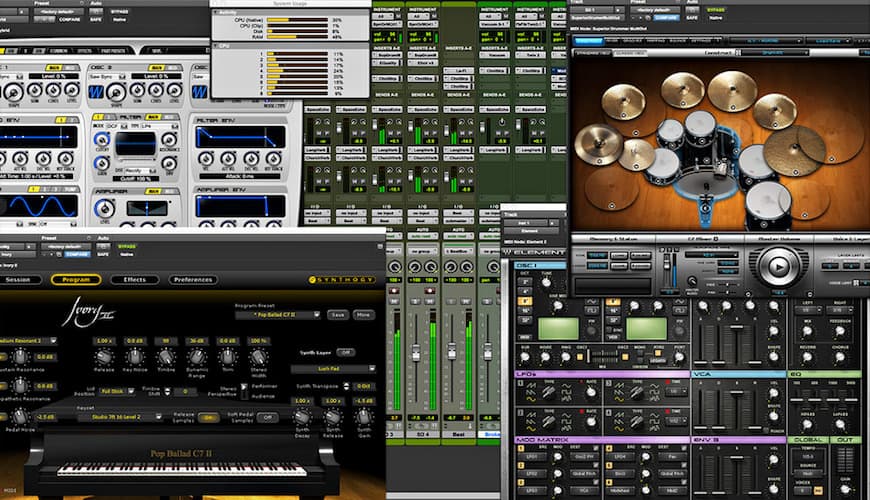

MAC ICONS FOR WINDOWS 10 SHORTCUTS CODE
Paste the below code in the end of the fileĬ.NotebookApp.browser = "C:/Program Files/Google/Chrome/Application/chrome.exe -app=%s" Run this in the conda prompt: jupyter lab -generate-configĬ:\Users\myprofile\.jupyter\jupyter_notebook_config.py %USERPROFILE%\miniconda3\Lib\site-packages\notebook\static\base\images\favicon.ico Step 2: Make JupyterLab start in its own window: This runs the Jupyterlab off a hidden command prompt so that it doesn't disturb your minimal setup :) %USERPROFILE%\miniconda3\pythonw.exe %USERPROFILE%\miniconda3\cwp.py %USERPROFILE%\miniconda3 %USERPROFILE%\miniconda3\pythonw.exe %USERPROFILE%\miniconda3\Scripts\jupyter-lab-script.py %USERPROFILE% Right click on desktop and create a New > Shortcut. Step 1: Create a Hidden Jupyter Lab instance shortcut Please change the paths below as necessary. My Miniconda lives in C:\Users\myprofile\miniconda3. Right-click on the jupyterlab's taskbar icon while it is running and select Pin to taskbar

You can create a shortcut to connect to a local server with Right Click->New>Shortcut and using this as location target: "C:\Program Files (x86)\Google\Chrome\Application\chrome.exe" -app= You can also start a server without spawning the Chrome App window by typing jupyter lab -no-browser into the Anaconda Prompt console.Ĭreate a shortcut with a target: %windir%\System32\cmd.exe "/K" C:\Users\%username%\Miniconda3\Scripts\activate.bat jupyter_env & jupyter lab & exit Run the shortcut, it should spawn a command prompt running the server instance, and the Jupyter Lab Chrome App window.Ĭreating a shortcut to access an already locally running server: The Target field should look like this: C:\Users\Serendipity\Anaconda3\python.exe C:\Users\Serendipity\Anaconda3\cwp.py C:\Users\Serendipity\Anaconda3 C:\Users\Serendipity\Anaconda3\python.exe C:\Users\Serendipity\Anaconda3\Scripts\jupyter-lab-script.py %USERPROFILE%

On the Target field, where it says jupyter-notebook-script.py, change it to jupyter-lab-script.py. Right click the newly created Jupyter Lab shortcut and go to Properties, change the icon to your downloaded icon, change the comment field to say "Jupyter Lab". Make a copy of the Jupyter Notebook shortcut and name it Jupyter Lab Navigate to "C:\Users\Serendipity\AppData\Roaming\Microsoft\Windows\Start Menu\Programs\Anaconda3 (64-bit)" Use your favorite text editor to open the Jupyter config file found on this location: C:\Users\\.jupyter\jupyter_notebook_config.pyĪdd this line to the end of the config file: c.NotebookApp.browser = "C:/Program Files (x86)/Google/Chrome/Application/chrome.exe -app=%s" Run Anaconda Prompt from your Start menu and type: jupyter lab -generate-config


 0 kommentar(er)
0 kommentar(er)
